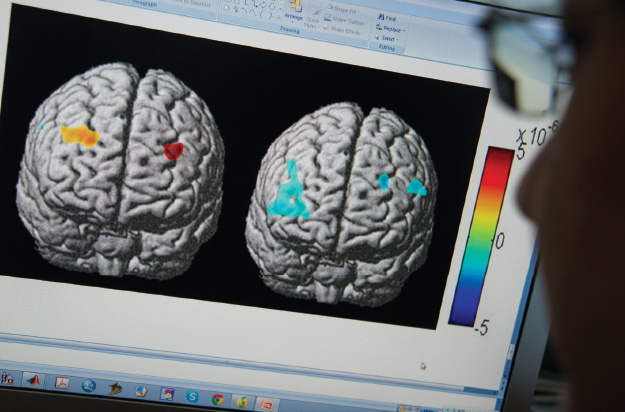Winter 2016: Energy Evolution
From carbon dioxide conversion to landfill mining, researchers at UTA are seeking viable alternative energy options.
Skip to content. Skip to main navigation.
From carbon dioxide conversion to landfill mining, researchers at UTA are seeking viable alternative energy options.
Found in everything from space shuttles to dental fillings, composite materials have thoroughly infiltrated modern society. But their potential is still greatly untapped, offering researchers ample opportunity for discovery.
Within the particle showers created at the Large Hadron Collider, answers to some of the universe’s mysteries are waiting.
Model systems like pigeons can help illuminate our own evolutionary and genomic history.
UT Arlington's tiny windmills are bringing renewable energy to a whole new scale.
The stability of our highways, pipelines, and even manholes is reaching a breaking point.
Scientists believe they have discovered a subatomic particle that is crucial to understanding the universe.
UT Arlington researchers unlock clues to the human body’s most mysterious and complex organ.
UT Arlington researchers probe the hidden world of microbes in search of renewable energy sources.
Wounded soldiers are benefiting from Robert Gatchel’s program that combines physical rehabilitation with treatment for post-traumatic stress disorder.
Tiny sensors implanted in the body show promise in combating acid reflux disease, pain and other health problems.
Nanotechnology researchers pursue hybrid silicon chips with life-saving potential.
Biomedical engineers combat diseases with procedures that are painless to patients.

After years of studying the effects of near-infrared light on veterans with PTSD or traumatic brain injuries, a team led by UTA bioengineering Professor Hanli Liu published groundbreaking research in Nature’s Scientific Reports that could result in an effective, long-term treatment for brain disorders.
The team not only investigated the brain-imaging capability of light, but also revealed the therapeutic rationale for potentially improving the cognitive functions of patients with PTSD.
“Dr. Liu has made incredible strides in identifying how the brain is affected by trauma, as well as how to treat disorders such as PTSD noninvasively with light,” says bioengineering Chair Michael Cho. “This is truly innovative, groundbreaking research, and the results are a testament to Liu and the input of her collaborators.”